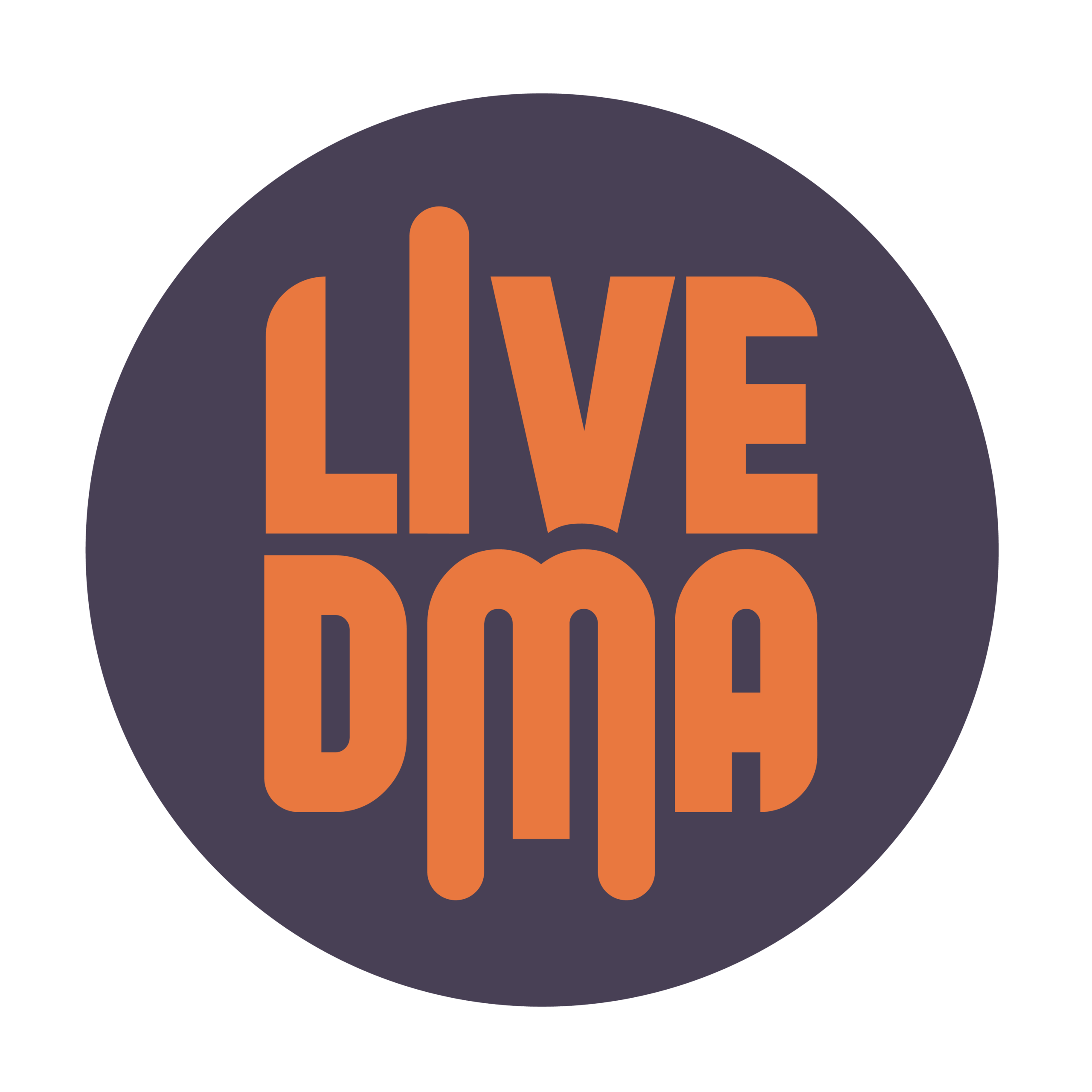All around Europe, live music venues are doing a wonderful job in finding ways of building new audiences to make live music accessible to as many people as possible. Diversity is a value dear to many live music professionals’ hearts.
WHAT IS THE TRY-ANGLE?
Inspired by the expertise of these live music actors (see reports of Working Group on Audience Diversity | Report 1 & Report 2), we have formalised the Try-Angle as a step-by-step methodology of live music actors, either experimented or newcomers, which challenge themselves everyday in building new audiences and go beyond the usual conception of a concert.
Imagined as a flexible instrument that you can adapt to your own situation and push you out of your comfort zone, you can complete the Try-Angle with your own thoughts, ideas and experiences!
You can see below a first prototype of the tool, a flowchart that helps organisations discover challenges and opportunities for audience development in their own venue. Our aim is to test-drive this prototype with various music venues, events and audiences.


EXPERIMENTATION WITH LIVE MUSIC VENUES
The Try-Angle experimentation process offers 17 live music professionals the time and resources to take a step back and find new perspectives on audience development. Particularly after two years of pandemic, the live music is struggling to get back to normal. Reaching audiences has become more difficult.
Live music venues selected to be part of this project are working together on audience development strategies, and will then test these strategies before bringing back their findings and experiences to the group.
List of the participants: Atelier Rock, Huy (BE) • Cesis Concert Hall, Cesis (LV) • G Live Lab Helsinki and G Live Lab Tampere (FI) • Het Depot, Leuven (BE) • L’Autre Canal, Nancy (FR) • Le Gueulard Plus, Nilvange (FR) • Lie Bydelshus, Skien (NO) • Music Box, Lisbon (PT) • Petit Bain, Paris (FR) • Povero Ragno, Cuneo (IT) • Radar, Aarhus (DK) • Rocking Chair, Vevey (CH) • Sala Mardi Gras, A Coruña (ES) • Sanagustin Kulturgunea, Azpeitia (ES) • Scheune, Dresden (DE) • Stad als Podium, Harderwijk (NL) • Tanssisali Lutakko, Jyväskylä (FI)
The first meeting was the opportunity to know the expectations of the music venues to understand their needs, which can be very different from a country to another, from a typology of venue to another. Then, they focused on the Try-Angle tool itself, so everyone could gradually become familiar with it, make comments, ask questions, and give a first feedback on how they feel about it.
COMPLEMENTARY RESOURCE
1. DEVELOP A MISSION STATEMENT TO ASSERT YOUR VALUES!
2. RESEARCH YOUR AUDIENCE!
3. TRY TO BRIDGE THE GAP!
